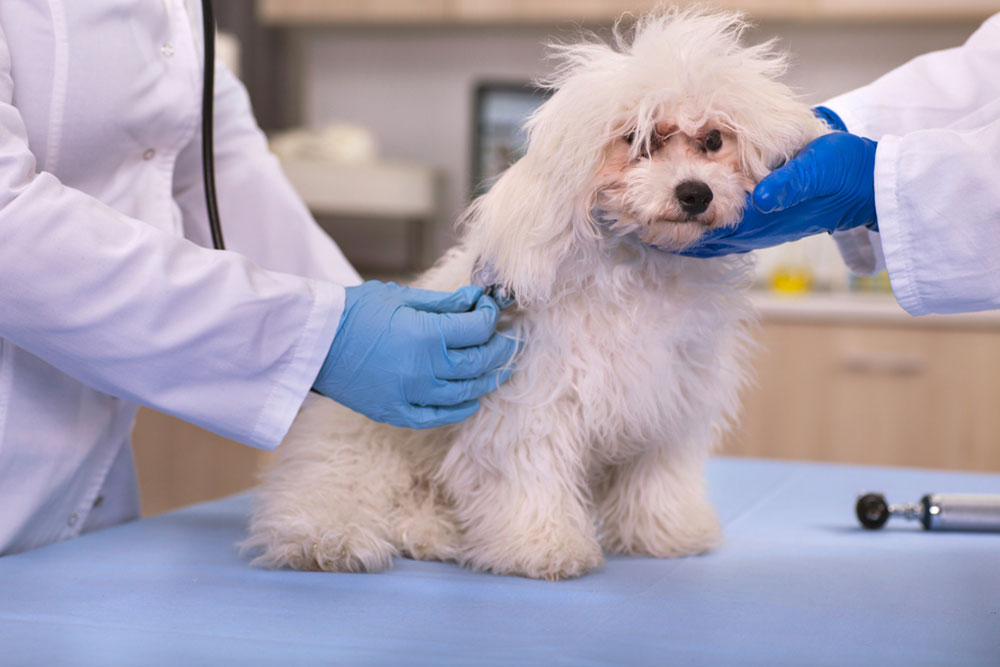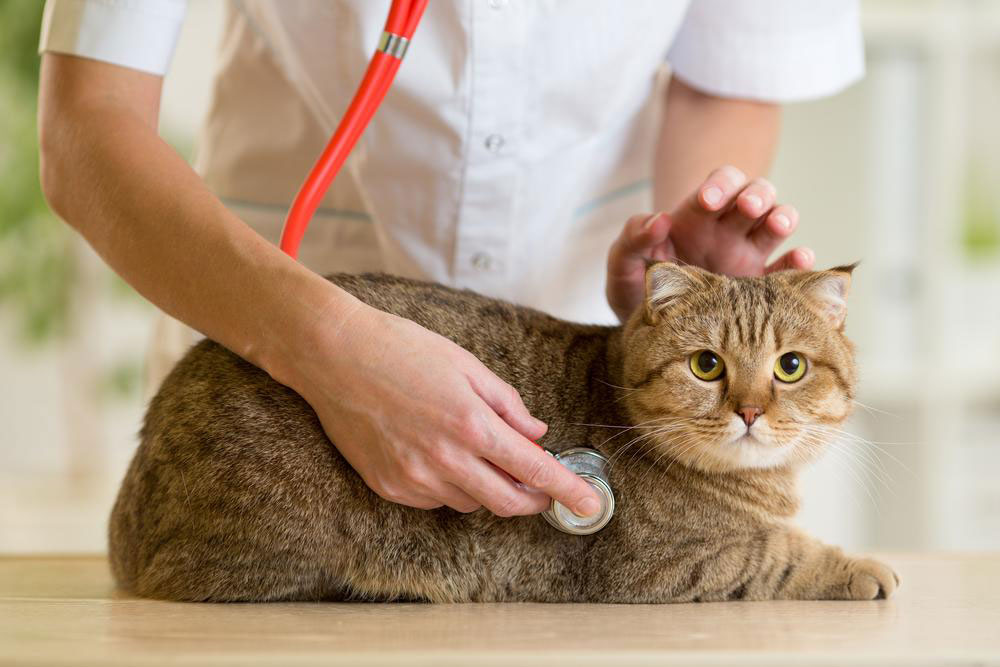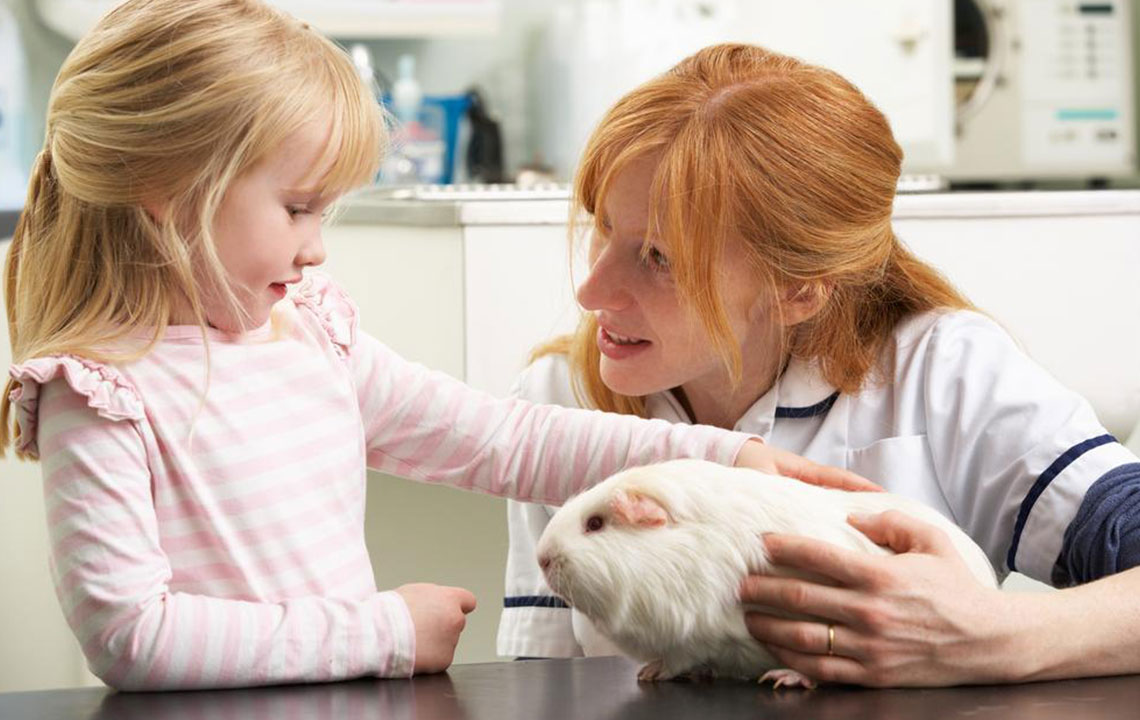Complete Guide to Pet Veterinary Visit Insurance Plans: Protect Your Furry Friend’s Health
This comprehensive guide explores pet veterinary visit insurance plans, highlighting the importance of wellness coverage, different policy options, and tips for choosing the best plan. Protect your pet from unexpected veterinary costs and ensure timely care with the right insurance coverage tailored to your furry friend’s needs.

Complete Guide to Pet Veterinary Visit Insurance Plans: Protect Your Furry Friend’s Health
Maintaining the health and well-being of your beloved pets is a priority for every pet owner. Whether you own a playful puppy, an inquisitive kitten, or an older feline or canine companion, ensuring they receive proper medical care is essential. However, veterinary expenses can quickly add up, especially in emergency situations or for ongoing health needs. This is where comprehensive pet insurance plans, particularly those that include wellness coverage, come into play. They help cushion the financial burden, allowing you to prioritize your pet’s health without the worry of unexpected costs. In this detailed guide, we will explore the various aspects of pet vet visit insurance, the benefits of wellness plans, coverage options, and how to choose the ideal plan suited to your pet’s needs.
Understanding the Importance of Pet Insurance for Veterinary Visits
For many pet owners, their animals are considered part of the family. Providing them with quality healthcare is a top priority, but the costs associated with veterinary visits, treatments, and preventive measures can be daunting. Surprising or emergency vet visits can lead to significant financial strain, sometimes causing owners to delay or forego necessary care for their pets. Pet insurance solutions, especially those with wellness coverage, aim to make veterinary care more accessible and affordable. These plans enable pet owners to manage expenses effectively, ensuring timely medical attention for their furry family members without sacrificing quality care.
Most pet insurance policies now include optional wellness coverage, which reimburses costs related to routine veterinary care. Paying regular premiums grants pet owners access to reimbursements for preventive visits and health maintenance services like physical examinations, diagnostic tests, vaccinations, and parasite prevention. It’s crucial to understand what a wellness plan covers, as these options can significantly reduce out-of-pocket expenses and promote proactive health management.
What Does a Wellness Plan Typically Cover?
Wellness plans generally encompass preventive healthcare services that are vital for maintaining your pet’s overall health. According to the Insurance Information Institute (III), these often include annual health check-ups, vaccinations, flea and tick prevention, and deworming treatments. Some policies may extend coverage to dental care, sterilization or spaying and neutering, and other elective or preventive procedures. It’s important to detail the specific benefits included in your plan and verify whether optional add-ons are available, especially for dental and specialized treatments. Clarifying these details ensures you select a plan that offers comprehensive support for your pet’s health.
Coverage parameters like premiums, deductibles, co-pays, and annual limits vary depending on the policy. Most plans are designed to reimburse a portion of eligible expenses, based on the amount insured and other factors. Paying premiums regularly ensures ongoing access to benefits, helping to mitigate the rise of veterinary costs and providing peace of mind for pet owners.
Beyond basic wellness coverage, pet insurance policies generally fall into three main categories:
Basic health coverage: Primarily designed to cover costs resulting from accidents, poisoning, or sudden illnesses. This type of plan focuses on unexpected health issues that require immediate treatment.
Comprehensive coverage: Offers broader protection extending to chronic illnesses, ongoing medications, diagnostics, and emergency treatments. These plans typically cover a wide range of health concerns, making them suitable for pets with existing health issues or those prone to hereditary conditions.
For tailored advice, consulting with a pet insurance expert or veterinarian can help determine the best plan based on your pet’s age, breed, health status, and lifestyle. An informed choice ensures optimal coverage and minimizes out-of-pocket expenses.
Important Considerations and Exclusions
While pet insurance provides significant benefits, it’s essential to be aware of certain limitations and exclusions. According to the North American Pet Health Insurance Association (NAPHIA), common exclusions include pre-existing conditions, pregnancy-related care, grooming, and cosmetic procedures such as nail trimming. Age limitations or restrictions on inherited conditions like hip dysplasia may also apply. These exclusions are in place to keep premiums manageable and to focus coverage on preventable or unexpected health issues.
Reviewing your policy’s fine print is vital to understand precisely what is covered and what isn’t. Most plans are tailored for cats and dogs, as other pets may have limited options. Proper knowledge about exclusions ensures you are adequately prepared and avoid surprises when filing claims or seeking treatment for your furry friend.
In conclusion, investing in a comprehensive pet insurance plan with wellness coverage can significantly improve your ability to care for your pet’s health. It offers financial protection, encourages preventive health measures, and ensures your pet receives necessary medical attention promptly. By carefully selecting a plan suited to your pet’s age, breed, and health needs, you can enjoy peace of mind knowing your beloved companion is protected against unexpected veterinary expenses. Ensuring your pet's health is an ongoing commitment—and the right insurance plan makes it more achievable and sustainable.





